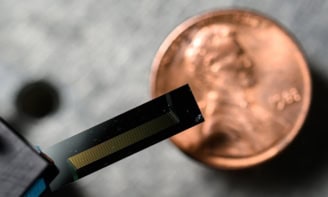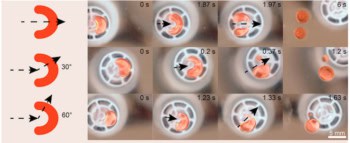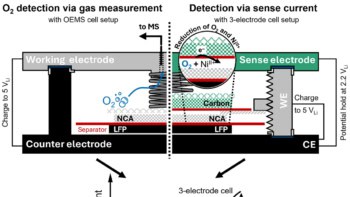Modern cars contain an ever-increasing amount of sophisticated electronics, such as anti-blocking braking systems and electronic stability programmes. These systems rely on sensors that monitor the rotational speed of the wheels: if the speed of one wheel changes faster than the others, then the brake on that wheel is either applied or released until the speed returns to within a safe margin.
The best place for these sensors is in the tyres themselves because this is where all the external forces on the car, with the exception of wind resistance and gravity, are felt.
In the January issue of Physics World, Franz Dollinger of Siemens Corporate Technology in Munich, Germany, explains how his team collaborated with the Technical University of Darmstadt to develop just such a system – and it is expected on our roads in a few years’ time.



